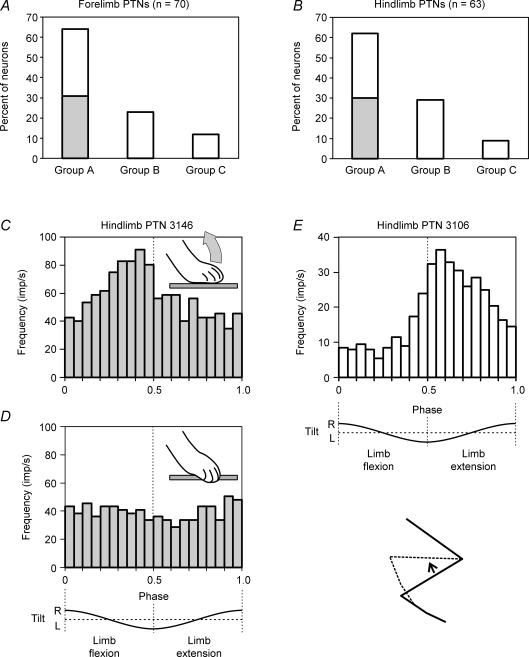Figure 8. Role of sensory input from the receptive field in modulation of PTNs.
A and B, relative number of PTNs in the forelimb population (A) and hindlimb population (B) which had a receptive field with a directional preference (group A), no such preference (group B), or did not have a receptive field (group C). A proportion of group A PTNs with similar responses to passive and active limb movements is shown in grey. C and D, an example of the hindlimb PTN (no. 3146) driven during postural task by afferents of its receptive field. At rest, the PTN was activated with the dorsal flexion of toes (inset in C). During postural tests, the PTN was also activated during dorsal flexion of toes in the first half of the cycle (C). When the paw was positioned on the edge of the platform so that during balancing toes did not flex dorsally (inset in D) and the afferents of the receptive field were not activated, the PTN was not modulated (D). E, an example of a hindlimb PTN (no. 3106) not driven by afferents of its receptive field during postural task. At rest, the PTN was activated by knee flexion (inset). In postural tests, the PTN was activated during knee extension.

